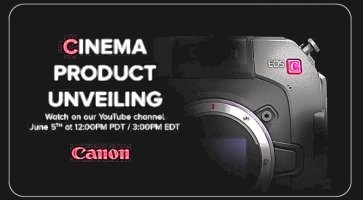First of all it must be a FF DGO sensor! That translates 1 to 2 more stops of DR against c70! C70 at 12.8 stops of DR and C500 ii at 13.1 stops of DR with snr=2 according to Cined test. C500 mark II announced back in 2019 and c70 at 2021. So 15 stops with DGO tech and ff sensor is very doable in 2024. I hope Canon won't disappoint us..!
Upvote
0


